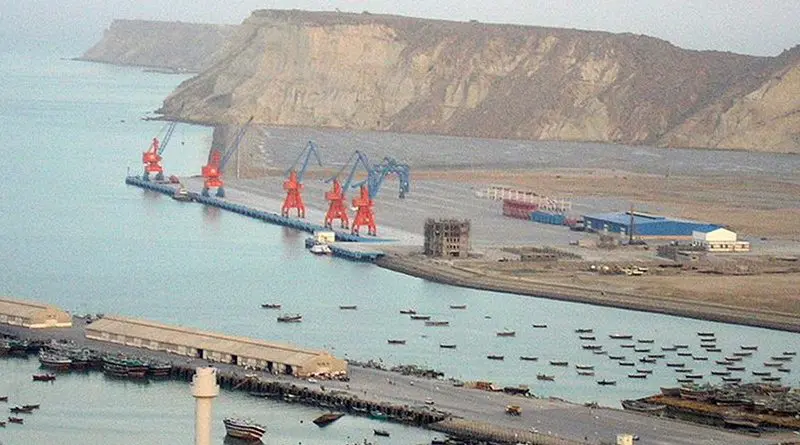Should India Be Concerned About China’s Belt And Road Initiative? – Analysis
By IPCS
By Anand Kumar*
The Belt and Road Initiative, also known as the One Belt, One Road (OBOR) project, launched by the Chinese President Xi Jinping in 2013 is one of the most ambitious projects of recent times. This project, which has both overland and maritime components, intends to link Asia with Europe and Africa. While China claims that this project will further its development goals, India believes that it has a strong political and strategic objective.
In South Asia, the OBOR has two components. The first one is the China-Pakistan Economic Corridor (CPEC) that passes through Pakistan, connecting Kashgar in western China with the Gwadar Port in the Balochistan province. China considers this section as the first chapter of the OBOR. Recently, this section has been made operational with the inauguration of Gwadar port.
The second part of this initiative in South Asia is the Bangladesh-China-India-Myanmar (BCIM) economic corridor that intends to connect Bangladesh and Myanmar with India. The BCIM also has a maritime component, which includes port infrastructure in Sri Lanka, among other places. Bangladesh, Sri Lanka and the Maldives have extended their support to the Belt and Road Initiative.
This part of the OBOR is only partly functional. Ports in Sri Lanka are operational, but there is no similar progress in the BCIM corridor. To give momentum to this section Chinese President Xi Jinping recently visited Bangladesh, during which China reportedly gave Bangladesh a credit line worth US$24 billion. This is the highest credit line Bangladesh has received from any foreign country. Bangladesh and Chinese firms also signed trade and investment deals worth US$13.6 billion.
China has done well to link the objectives of the OBOR with the developmental plans of the participating countries. It has managed to dovetail the infrastructure deficit in these countries with the objective of OBOR to create infrastructure that can boost trade and connectivity. This also enables the use of the surplus capacities of the Chinese companies.
The growing economic relationship between China and Bangladesh has caused concern in India. This development, however, may not necessarily be bad for India. A reduction of poverty in Bangladesh through greater Chinese engagement would be in India’s interest. It will have a two pronged impact. First, it will reduce the influx of illegal Bangladeshi migrants into India. This has been a major problem for India and latest Indian government estimates claim that nearly twenty million Bangladeshis are living illegally in India. Second, the growing economic prosperity of the Bangladeshis might reduce the increasing fundamentalism in the country. OBOR’s intended positive impact on Bangladesh would consequently enhance India’s security as well.
At present, both India and China are important for Bangladesh. It draws important political and diplomatic support from India when it comes under pressure from the West over its democracy and human rights records, and look to China to boost its economic growth.
However, the same conclusion cannot be drawn about the CPEC. This concern is for two reasons. First, CPEC passes through Gilgit-Baltistan, a disputed region that India continues to claim as part of its territory. Second, India is also concerned because of the hostile nature of the Pakistani state. While China might suggest that Gwadar is a commercial project, in the past Pakistanis have shown their willingness to convert it into a naval base and use it for activities that are inimical to India.
The OBOR is actually designed to meet the requirements of the growing Chinese economy, the second largest in the world. In the process, it somewhat strategically constrains not only India but many other countries as well. The Chinese economic engagement in Bangladesh does not arouse much concern in India because Bangladesh has an India-friendly government. It requires both India and China to push forward the country’s interests. It is CPEC that is viewed as a much bigger challenge by Indian policymakers. This has not allowed any amicable solution to be reached on the Gilgit-Baltistan area. In fact, to draw maximum benefit from any Chinese economic initiative Pakistan too needs peace and stability in South Asia. This can only happen if economic development and not hostility towards India comes on the agenda of the Pakistani state.
* Anand Kumar
Associate Fellow, Institute for Defense Studies & Analyses (IDSA)

